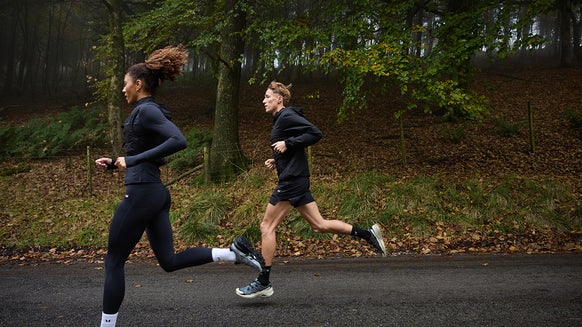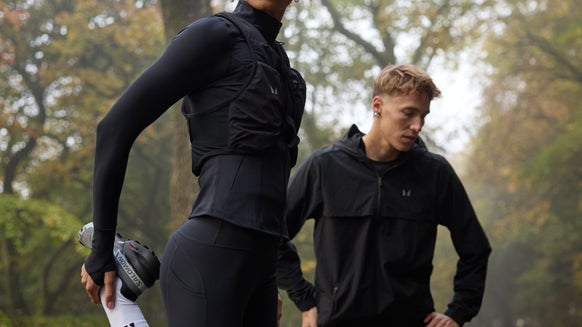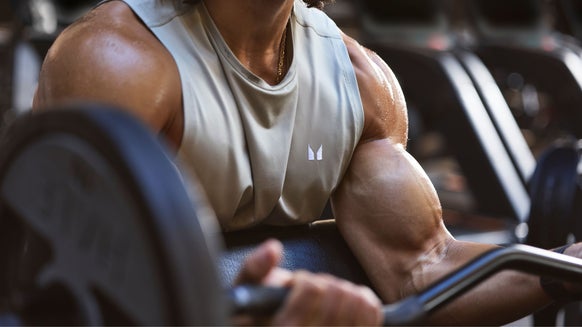
The chest muscles, (Pectoralis major) are arguably the favourite body part to train for most weightlifters in the gym.
As well as adding overall ‘fullness’ to the upper body, the chest muscles also contribute to stabilisation of the shoulder joint - this is crucial to maintain a healthy posture!
However, there are also many popular exercises that are performed that do not optimally train the chest, and do not result in full muscle growth.
This article will inform you of which exercises to perform, in order to achieve a well-developed chest... in the least amount of time.
CHEST: Muscle functions and types of exercise
The Pectoralis Major, (highlighted in red) can be described as having 2 different regions: The upper and lower chest.
As the picture shows, the upper region of the chest muscle fibres originate in the anterior portion of the clavicle, and insert into the humerus – (the upper arm bone.) These muscle fibres can be referred to as the ‘clavicular fibres.’
The lower, and also the largest region of the chest muscle fibres originate in the sternum, and also insert into the humerus. These muscle fibres can be referred to as the ‘sternocostal fibres.’
CHEST FUNCTION: Horizontal adduction
Horizontal adduction of the shoulder means bringing the arm across and in front of the body.
This function is isolated when performing exercises such as Dumbbell Flys, Cable Flys, etc.
The function is also involved compound exercises such as Dumbbell Bench Press, Barbell Bench Press, along with the anterior Deltoid, and the Triceps.
- PECS: How to build muscle -
The lower chest muscle fibres run at a downwards diagonal angle, again of approximately 15° to 30°.
Using this information, we can determine correct exercise selection in order to get the most muscle growth out of our chest training.
Warming up
Everyone wants to build a bigger chest but jumping on the Chest Press machine or picking up a pair of dumbbells without properly preparing your muscles to train, you won't receive the results visualised in your mind.
An effective warm-up routine could consist of performing:
- One set of wide-grip flat push-ups with a wide grip
- One set of neutral grip pushups
- (If possible) Try one set of these decline push ups to hit your chest from all angles:
1) Dumbbell Decline Bench Press
The first exercise I'd recommend is the Dumbbell Decline Bench Press - it targets the lower region (sternocostal region) of the chest. It should be performed on a bench, with a decline of about 15° to 30°.
More tension is placed on the sternocostal muscle fibres of the chest during this movement, and some tension is taken away from the anterior deltoid.
2) Dumbbell Incline Bench Press
This exercise targets the upper region (clavicular region) of the chest muscles, and is performed on a bench, of an upwards angle of 15° to 30°.
Again this exercise is best performed with dumbbells, allowing more free range of motion.
Dumbbell Incline Bench Press also allows more chest muscle activation.
3) Straight Cable Fly
There are very few muscle fibres of the chest that run at a straight angle from the insertion point in the humerus. However they do exist, and therefore should be trained.
BUT… these muscle fibres are heavily involved in the Dumbbell Incline Bench Press, and also the Dumbbell Decline Bench Press.
Direct training of these fibres may not be needed for some individuals, but for those who feel as if their chest is a weak muscle on the body, more work load may be required during training.
Performing a Standing Straight Cable Fly will allow for perfect, symmetrical development of the chest, along all of the muscles regions. I recommend a Straight Cable Fly on a Cable Machine, instead of Flat Bench Dumbbell Fly. This is due to the minimal amount of tension placed on the chest muscle, during a Flat Bench Dumbbell Fly.
The exercise does not consider gravity, and tension is not placed on the chest during the full duration of the movement.
In comparison to this, the Standing Straight Cable Fly performed on a cable machine allows for constant tension to be placed on strictly the chest muscle fibres throughout the exercise. This allows for more time under tension, thus leading to more muscle growth.
BUILDING PECS: How many sets and reps?
3 sets of Dumbbell Decline Bench Press: 5-10 reps.
3 sets of Dumbbell Incline Bench Press: 5-10 reps.
1 set of Straight Cable Flys: 8-12 reps.
I train with heavy dumbbells on the pressing exercises, whilst solely focusing on muscular contraction of the chest during the isolation exercise of the Straight Cable Fly.
Take Home Message
The most important factor when training is adding weight when you can perform the current weight with ease. This will allow for constant progression and muscle growth.
Thank you for reading! I hope you apply this knowledge to your training, so you can achieve a massively developed chest.











